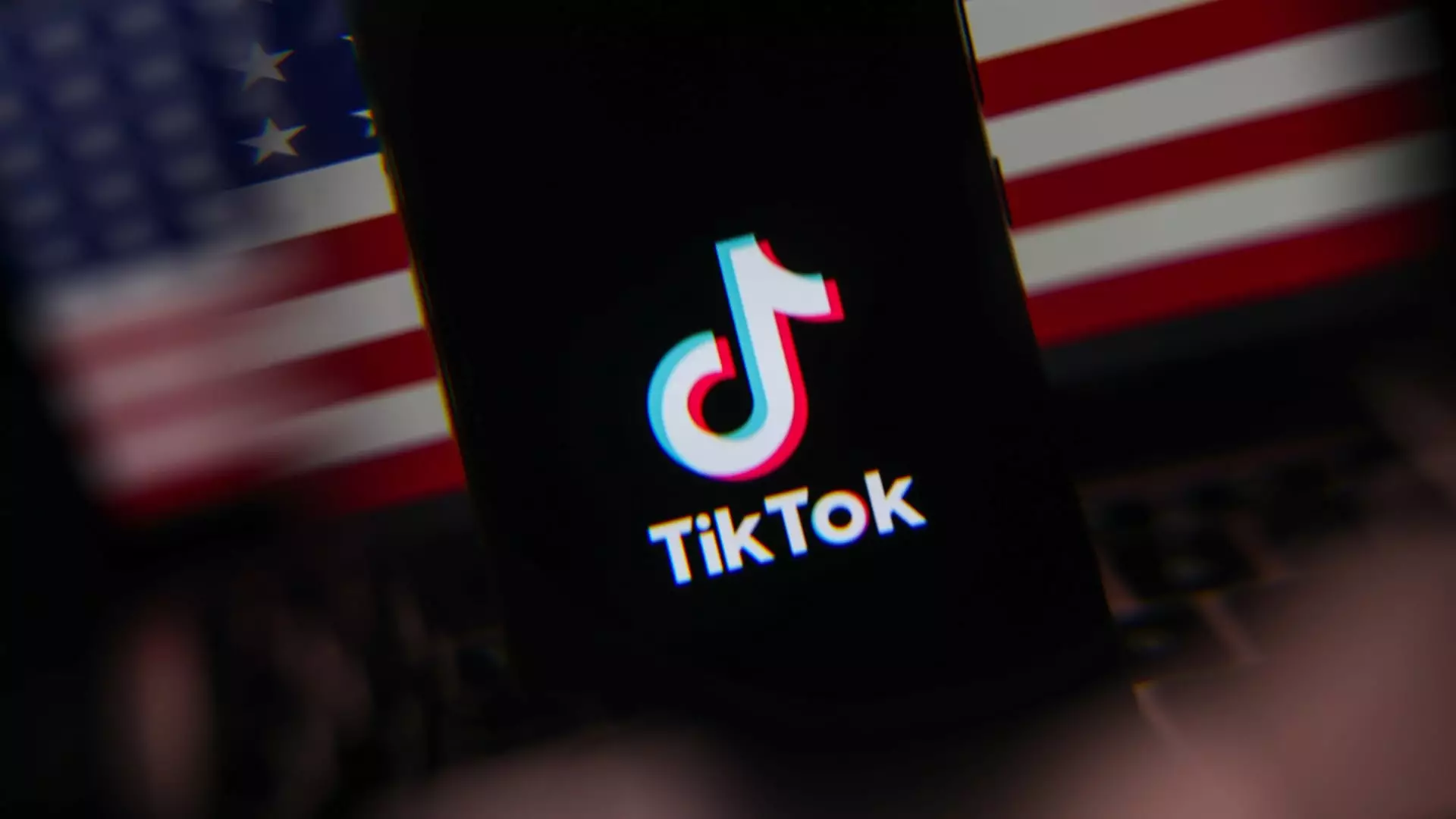TikTok has made a significant comeback in the Apple and Google app stores as of Thursday evening. The Chinese-owned platform was previously removed from these stores on January 18, following a temporary halt in its U.S. operations. This action was taken in response to national security regulations that were set to take effect the following day. Nearly one month later, TikTok users have regained access, raising complex discussions about user rights, technology ownership, and national security.
The backdrop of TikTok’s re-availability is a tangled web of legislation and governmental actions. The Protecting Americans from Foreign Adversary Controlled Applications Act, signed by former President Joe Biden in April, had a clear mandate: ByteDance, the parent company of TikTok, must divest its American operations by January 19 or face a ban. This law reflects heightened concerns regarding the potential for data misuse due to alleged ties between ByteDance and the Chinese government. The implications extend far beyond a mere app; they touch on personal privacy and the extent to which a government can intervene in the technology sector.
The Supreme Court’s recent ruling confirmed the administration’s stance, stating, “Congress has determined that divestiture is necessary.” This legal endorsement of the government’s viewpoint signals a commitment to national security but also raises queries about the balance between safety and free speech. TikTok’s challenge, arguing that the regulations infringe on First Amendment rights for its 170 million users in the U.S., underscores the tension between regulatory actions and user freedoms.
Despite being offline for a substantial period, reports suggested that TikTok’s traffic rebounded impressively, recovering approximately 90% of its pre-ban levels soon after its reinstatement. This resilience points to the platform’s deep-rooted popularity and its integral role in the digital lives of many users. Such a rapid recovery, particularly amid legal and operational turmoil, demonstrates an undeniable demand for the app, suggesting that public sentiment might not align entirely with governmental concerns.
Even with its return, TikTok faces a looming sense of uncertainty. Continued discussions around a potential divestiture of its operations highlight the app’s precarious position in the U.S. market. Notably, former President Trump’s recent remarks regarding a desire for U.S. ownership underscores ongoing complexities. His proposal suggests that a joint venture might be a path forward, yet it raises new questions about what ownership models might look like in the 21st century.
The reinstatement of TikTok serves as a poignant reminder of the evolving landscape of digital media, where user rights intersect with national security considerations. As the app resumes operations, it also faces continuous scrutiny and potential changes to its operational model in the U.S. The delicate balance between protecting users’ freedoms and addressing legitimate security concerns will be pivotal as TikTok navigates these choppy waters ahead. The outcome of this multifaceted situation will likely have lasting implications for technology companies worldwide, redefining regulatory frameworks and user rights in the age of digital information.


Leave a Reply
You must be logged in to post a comment.